Birds don’t need much attention?
Tell that to the parrot screaming for company at 6 a.m.
Pet birds are often misunderstood, wrapped in layers of myths that do more harm than good. People think they’re low-maintenance, happy in solitude, or that a mirror counts as a friend. Spoiler: it doesn’t.
These winged companions are full of personality, emotion, and surprising complexity.
Yet the myths just keep flapping around.
It’s time to bust the biggest bird-brained beliefs and set the record straight—because your feathered friend deserves more than a cage and a handful of seeds.
Myth 1: Birds Only Eat Seeds
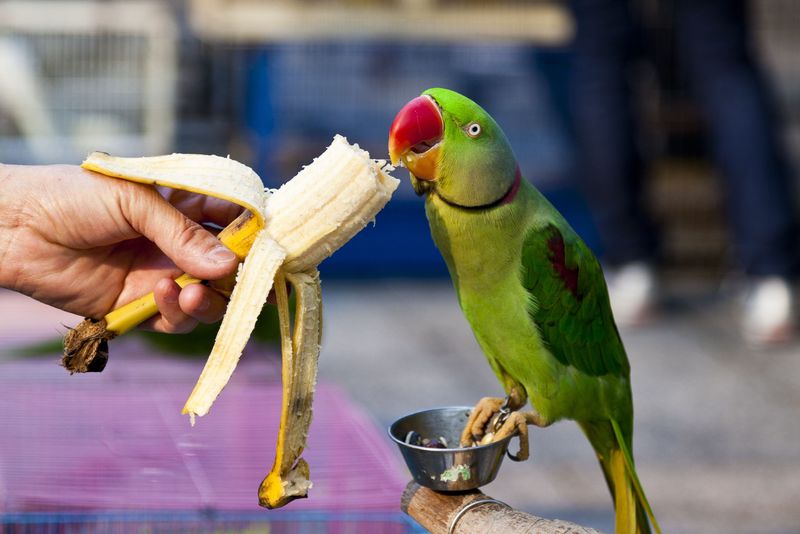
Many believe birds only consume seeds, but this is a misconception. While seeds can be part of their diet, pet birds require a diverse menu. Fresh fruits and vegetables provide essential vitamins. For example, dark leafy greens and carrots can enhance their health.
Including cooked grains and legumes offers protein and fiber. These dietary inclusions prevent nutritional deficiencies. Relying solely on seeds can lead to health issues.
Understanding their varied diet needs ensures thriving, lively birds. This approach mimics their natural eating habits in the wild, promoting overall well-being.
Myth 2: Birds Are Low-Maintenance Pets

The idea that birds are low-maintenance is misleading. Birds require daily interaction, cleaning, and mental stimulation. Their cages need regular cleaning to prevent disease.
Moreover, they thrive on social interaction, needing time outside their cage. Toys and puzzles are essential for mental engagement.
Ignoring these needs can lead to behavioral problems and stress. Understanding their requirements ensures a happy and healthy pet. Birds, like any pet, require commitment and care, debunking the myth of their low-maintenance nature.
Myth 3: Birds Can’t Be Affectionate
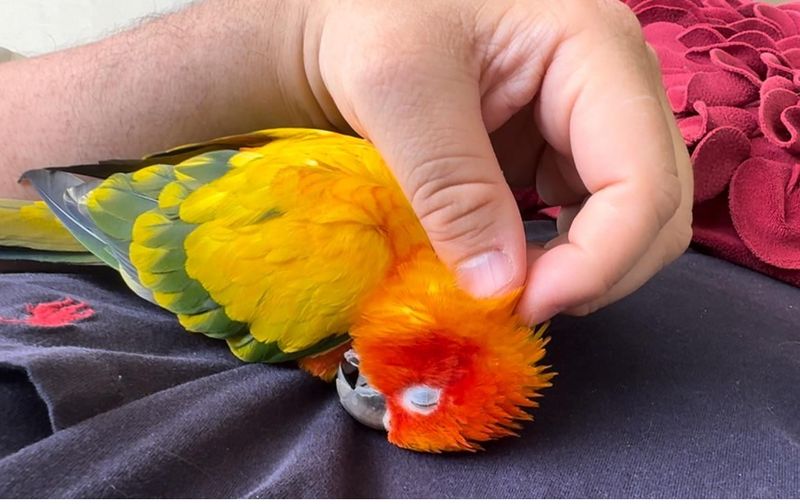
Contrary to popular belief, birds can be very affectionate. Parrots, for example, form strong bonds with their human companions. They enjoy cuddling and being petted, often showing excitement upon a person’s return.
Birds can recognize their owners, showing preference and affection through vocalizations or gestures. These interactions are crucial for their emotional well-being.
Providing time for bonding strengthens the human-bird relationship, showcasing their capacity for love and affection, contrary to the myth that they are aloof.
Myth 4: Birds Don’t Need Regular Veterinary Care
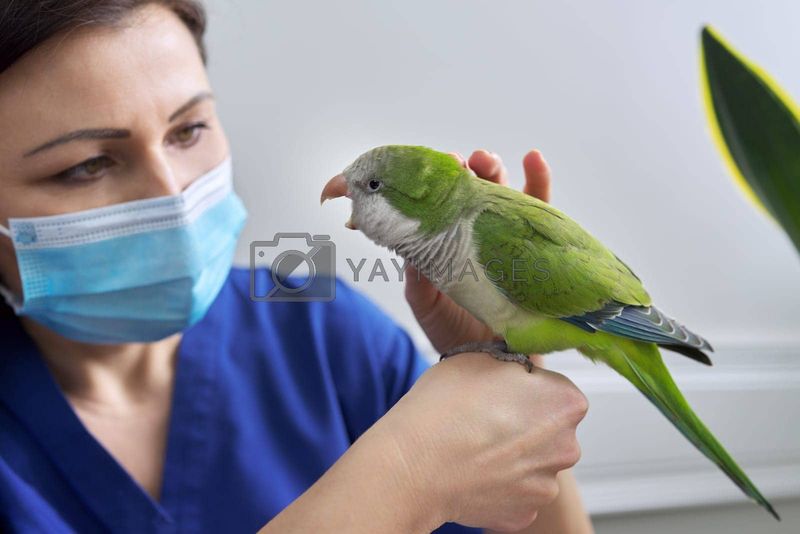
Just like dogs and cats, birds need regular veterinary check-ups. Despite this, many think birds are exempt from medical attention. This myth can lead to overlooked health issues.
Regular vet visits help catch potential problems early, ensuring birds live long, healthy lives. Avian vets can provide specialized care for various species.
Ignoring their health can result in serious conditions going unnoticed. Understanding the importance of veterinary care is vital for every bird owner, ensuring their feathered friends remain healthy and happy.
Myth 5: Birds Are Not Intelligent
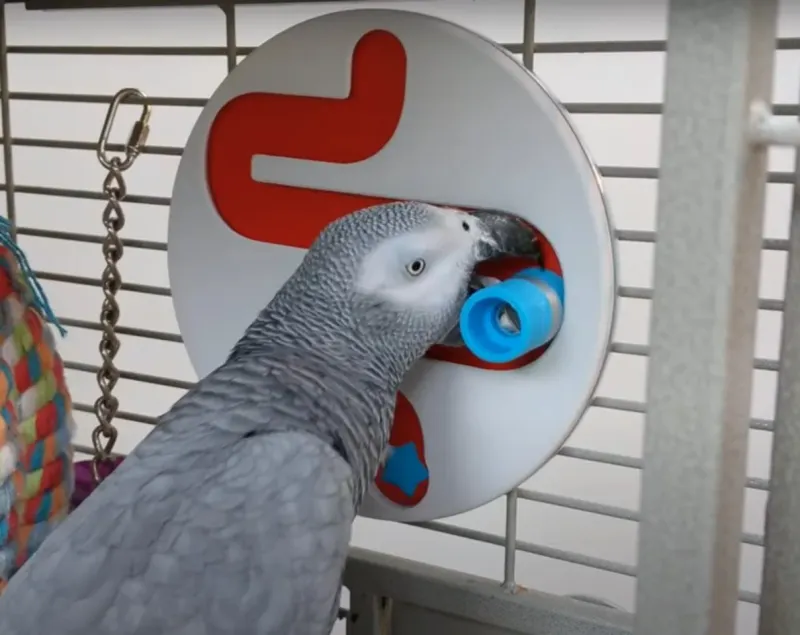
Birds, particularly parrots, have remarkable intelligence. This myth undermines their cognitive abilities. African Grey Parrots, for instance, can solve problems and mimic human speech.
Their intelligence requires mental stimulation to prevent boredom. Puzzle toys and training sessions keep their minds sharp. They learn tricks and commands, showcasing their intellect.
Birds’ problem-solving skills and ability to understand commands defy the myth of unintelligence, proving them to be highly capable creatures.
Myth 6: Birds Can’t Communicate
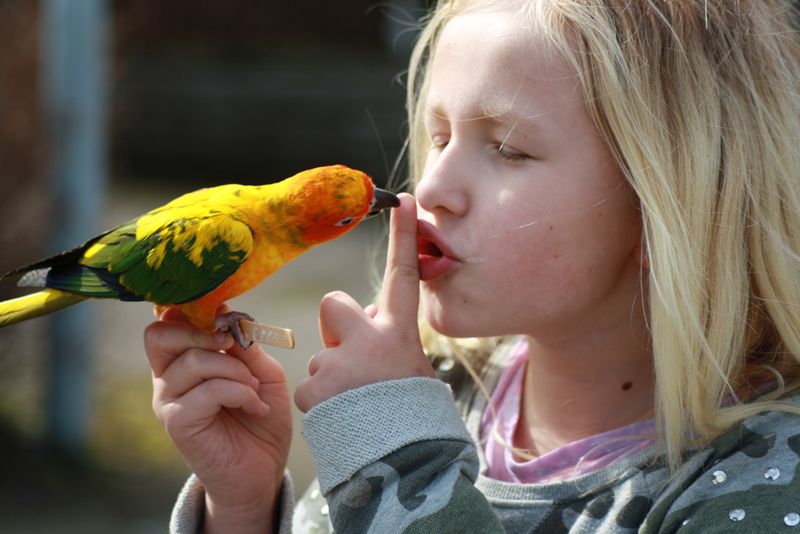
Another myth is birds’ inability to communicate, which couldn’t be further from the truth. Many birds, like parrots, are adept at mimicking human language. They can learn words and phrases, engaging in interactive conversations.
Beyond speech, birds communicate through body language and sounds. Understanding their cues fosters a deeper bond and better care.
Their capacity for communication highlights their social and cognitive skills, debunking myths of silence and enhancing human-bird relationships.
Myth 7: All Birds Live in Cages
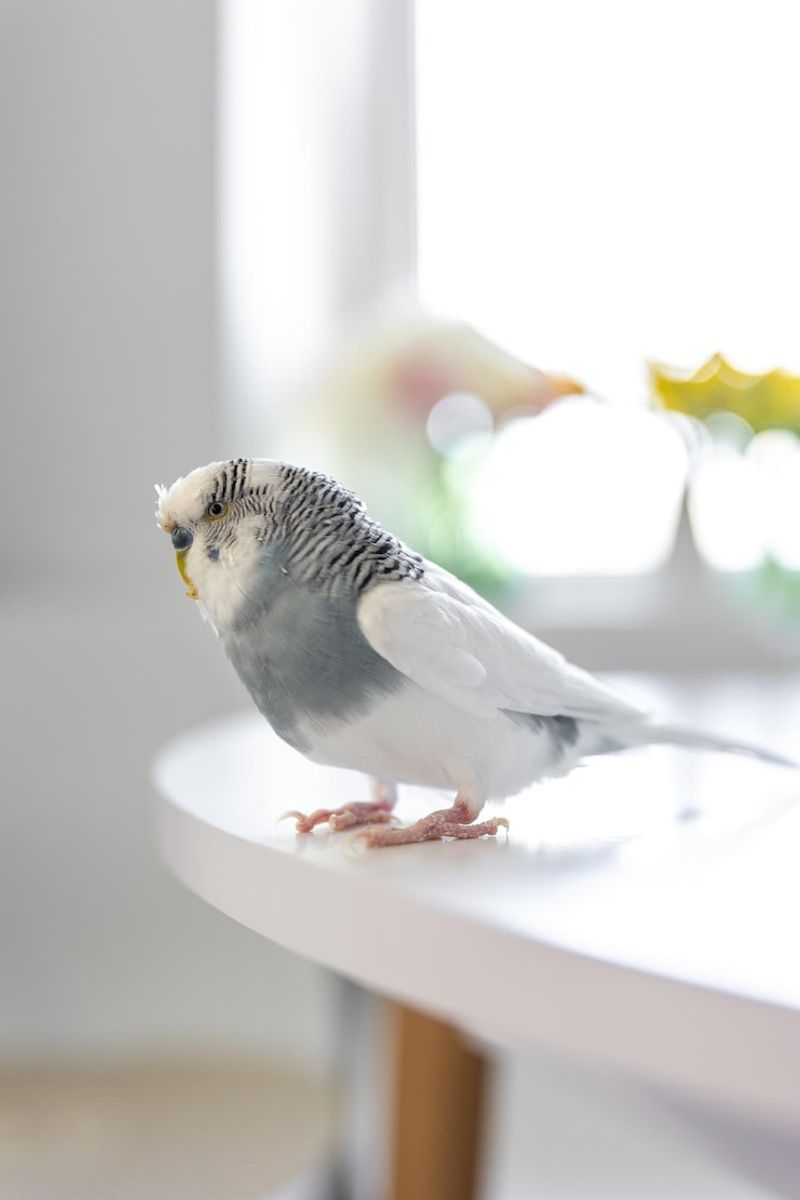
The notion that all birds must live in cages is outdated. Birds benefit from time outside their cages to exercise and explore. Flight and playtime are crucial for their physical and mental health.
Providing a safe space for free flight encourages natural behaviors. It reduces stress and promotes well-being, counteracting the myth of constant confinement.
This practice supports a more fulfilling and natural lifestyle for pet birds, showing they can thrive beyond the bars of a cage.
Myth 8: Birds Don’t Require Social Interaction
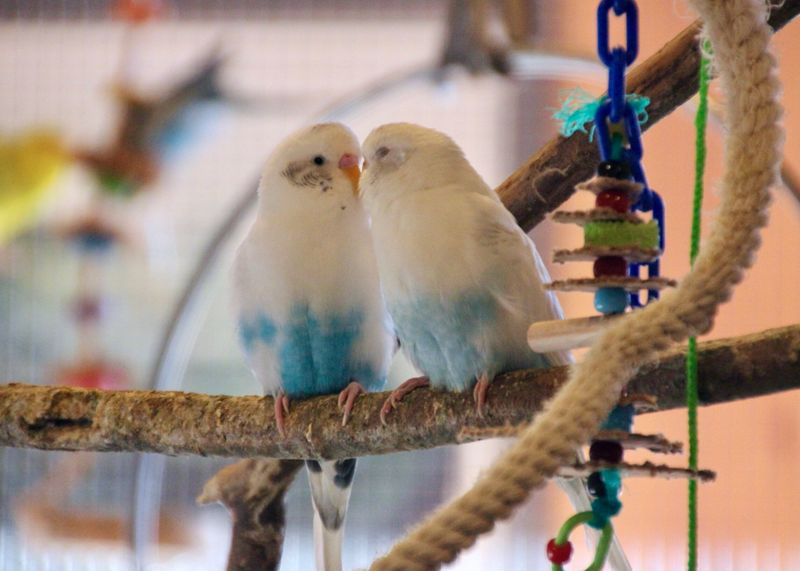
Some believe birds are solitary creatures, but they are inherently social. In the wild, birds flock together, forging strong social bonds. Pet birds need similar interactions to thrive.
Providing companionship, whether with humans or other birds, prevents loneliness and promotes happiness. Socially engaged birds often display vibrant personalities and behaviors.
Understanding their social nature debunks the myth of solitary existence, emphasizing the importance of interaction for their well-being.
Myth 9: Birds Are Just for Decoration

The misconception that birds are mere decorations undervalues their companionship potential. Birds offer joy, humor, and interaction, becoming integral family members.
Engaging with birds through play and training fosters a meaningful relationship. They reciprocate affection and attention, enriching home life with their presence.
Seeing them as more than decoration enhances the appreciation of their companionship, debunking myths of ornamental existence.
Myth 10: Birds Don’t Need Toys

Toys are often seen as non-essential for birds, which is far from true. Toys provide mental stimulation, preventing boredom and related behavioral issues.
Creative toys, like puzzles, engage their minds and encourage natural foraging behaviors. This playtime is crucial for emotional and physical health.
By providing toys, owners support their bird’s cognitive and emotional needs, defying the myth that toys are unnecessary luxuries.
Myth 11: Birds Can’t Be Trained
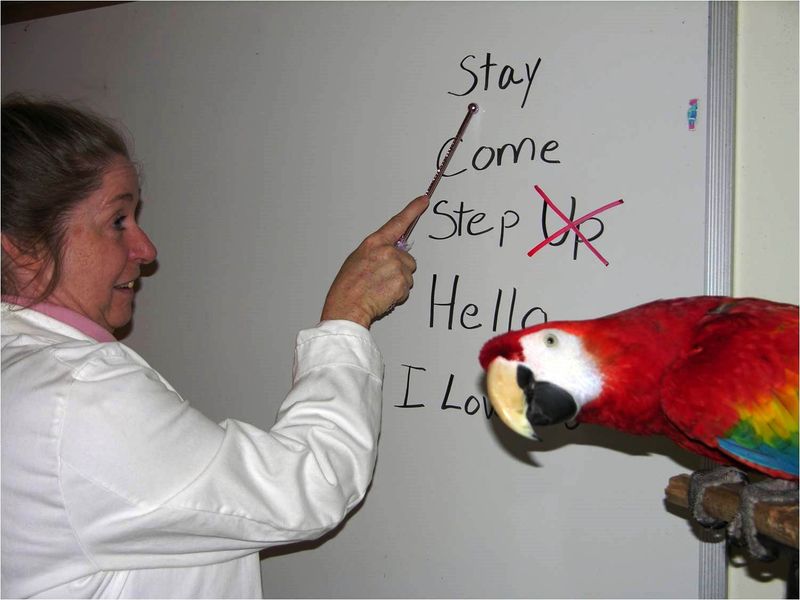
The belief that birds are untrainable overlooks their learning potential. Birds, especially parrots, can learn behaviors and tricks through positive reinforcement.
Training sessions enhance their mental stimulation and strengthen bonds with owners. Birds learn commands, tricks, and even simple tasks.
Recognizing their trainability debunks the myth, highlighting birds’ ability to learn and adapt, enriching their lives and human interactions.
Myth 12: Birds Don’t Have Personalities

Birds are often thought to lack individuality, yet they possess vibrant personalities. Conures, for example, are known for being playful and mischievous.
Each bird exhibits unique traits, preferences, and dislikes. These characteristics become evident through interaction and observation.
Acknowledging their personalities challenges the myth, revealing the diverse and endearing nature of pet birds.
Myth 13: Birds Can’t Get Bored

The idea that birds are immune to boredom is a misconception. Like any intelligent creature, they need mental engagement.
Lack of stimulation can lead to stress and destructive behavior. Enriching their environment with toys and interaction is vital.
Understanding their need for engagement debunks this myth, ensuring happier, healthier birds.
Myth 14: Birds Require Minimal Space
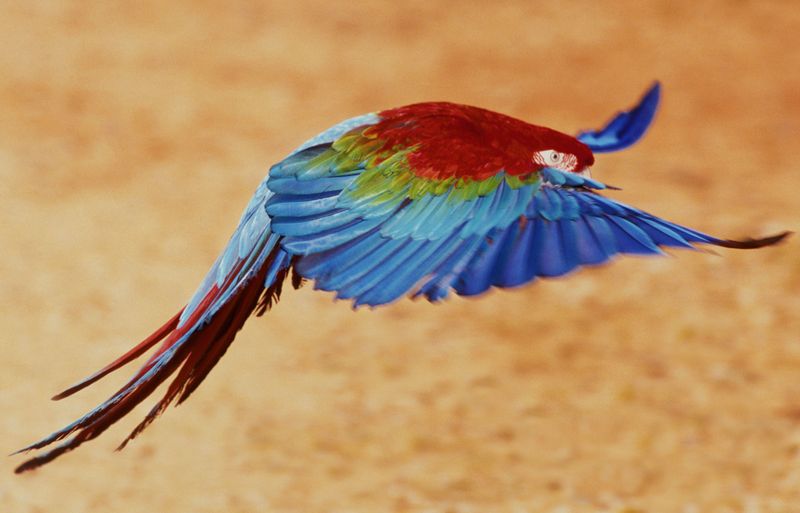
Some think birds can thrive in small spaces, but they need room to move and explore. Larger cages or aviaries promote natural behaviors and well-being.
The ability to fly and exercise is crucial for their health, contrasting the belief of minimal space needs.
Providing ample space supports their physical and emotional health, debunking the myth of confined living.
Myth 15: Birds Are Not Good Pets for Kids
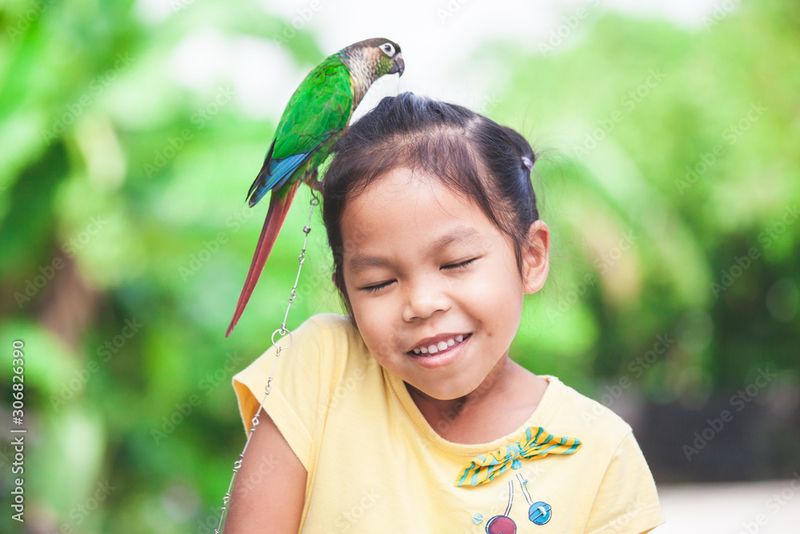
Birds are sometimes viewed as unsuitable for children, yet they can be wonderful companions. They teach responsibility and empathy through care and interaction.
With supervision, children learn about the needs and behaviors of birds, fostering a nurturing environment.
Challenging this myth shows that birds can be great additions to family life, enriching children’s understanding of animal care and companionship.

